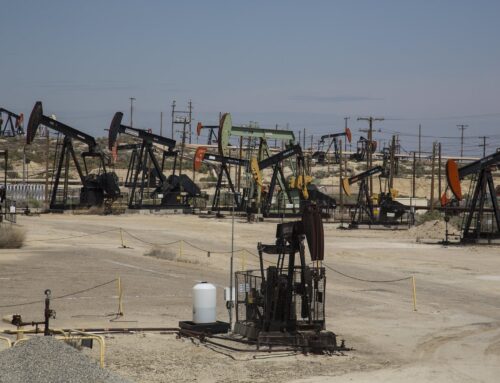The Government Accountability Office (GAO) recently released its biennial “High Risk List” for 2023, highlighting federal programs that are “vulnerable to waste, fraud, abuse, and mismanagement or in need of transformation.” One issue which has remained on the list since its first appearance in 2011 is the management of federal oil and gas resources.
The Department of Interior (DOI) is responsible for the oversight and management of approximately 700 million acres of public lands and waters. In the last decade, DOI has leased nearly 24 million acres of those public lands for oil and gas development. When oil and gas resources are extracted from leased lands and waters, DOI collects a percentage of industry’s earnings from their sale. As the resource owners, taxpayers have a right to a fair return for minerals extracted from public lands and waters. Similarly states and private landowners charge royalties for production on their lands.
However, according to the GAO, the “Department of the Interior (DOI) may not be collecting its fair share from oil and gas produced on federal lands and waters DOI needs to issue rules to address the venting and flaring of methane as well as oil and gas measurement.
The GAO also notes that DOI needs to issue regulations on oil and gas measurement to ensure accurate calculations of royalties owed to taxpayers. The report acknowledges that DOI has taken some steps to address its weaknesses in determining and collecting revenue, like setting an 18.75% royalty rate for the June 2022 lease sale.
The 2023 lease sales will include reforms implemented by the IRA, including the new onshore royalty rate of 16.67%. Although 16.67% is an improvement compared to outdated rate of 12.5% taxpayers were stuck with for over a century, it still lags what states like Texas, Colorado, New Mexico, and Louisiana charge for oil and gas production on state lands. An 18.75% royalty rate will be more in line with what states charge on state lands and what taxpayers get from offshore leases.
TCS has also long highlighted other wasteful oil and gas federal policies that create both long term climate liabilities and cause taxpayers to lose out on revenue from publicly owned resources, sites after production ends. To guarantee the cleanup of these potentially hazardous and environmentally harmful sites is paid for, producers are required to post a bond before they start drilling. However, the required minimum bond amounts for drilling on federal lands haven’t been updated in 60 years and are insufficient to cover the full cost of cleanup, which means taxpayers are left paying millions of dollars for hundreds of abandoned wells scattered across federal lands. These antiquated bonding rates have allowed oil and gas companies to pass off cleanup cost liabilities to taxpayers.
While progress has been made on improving the management of federal oil and gas resources, there is still a way to go before the federal oil and gas program brings a fair return without creating more long-term liabilities for taxpayers. With more than half a million federal acres set to be leased in 2023, it’s time to fix the broken oil and gas leasing system now.










